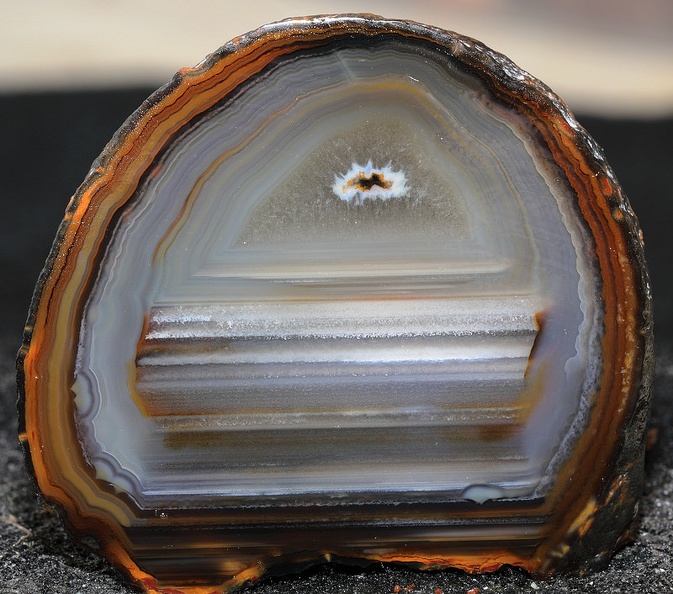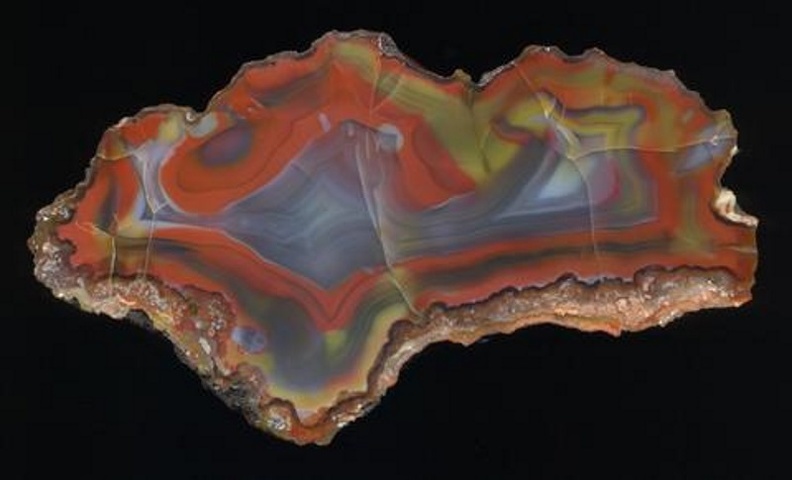|
|
Post by stephan on Dec 29, 2020 1:19:38 GMT -5
Great series. Thanks, 1dave |
|
|
|
Post by 1dave on Dec 29, 2020 10:46:14 GMT -5
Great series. Thanks, 1dave I just edited the first post and will have to make more corrections. With new information about silica gels I'm forced to re-think - I'm now thinking quantity of gel water rather than temperature is the controlling factor between waterline and fortification.   |
|
|
|
Post by stephan on Dec 29, 2020 10:48:50 GMT -5
Great series. Thanks, 1dave I just edited the first post and will have to make more corrections. With new information about silica gels I'm forced to re-think - I'm now thinking quantity of gel water rather than temperature is the controlling factor between waterline and fortification.   So basically the viscosity? |
|
|
|
Post by 1dave on Dec 29, 2020 11:10:50 GMT -5
I just edited the first post and will have to make more corrections. With new information about silica gels I'm forced to re-think - I'm now thinking quantity of gel water rather than temperature is the controlling factor between waterline and fortification.   So basically the viscosity? Yes. At room temperatures the gel is evolving into needles, spheres, various submicroscopic crystals. Hollows in rocks - whether they be amygdaloids, lithophysae, or any other voids below the water table is at some time filled with water. With earthquakes much of the water is converted to silicic acid that enters the voids.  If the void is filled the dimers, trimers, etc. THEY begin attaching to ALL the walls. If only a small amount enters, they can only attach at the floor. IF the next fluid is of high pH some of the material is dissolved and re-deposited as the pH lowers. |
|
RWA3006
Cave Dweller 
Member since March 2009
Posts: 4,625 
|
Post by RWA3006 on Dec 29, 2020 13:25:14 GMT -5
1dave this is one of the most interesting threads I've seen. Thanks
|
|